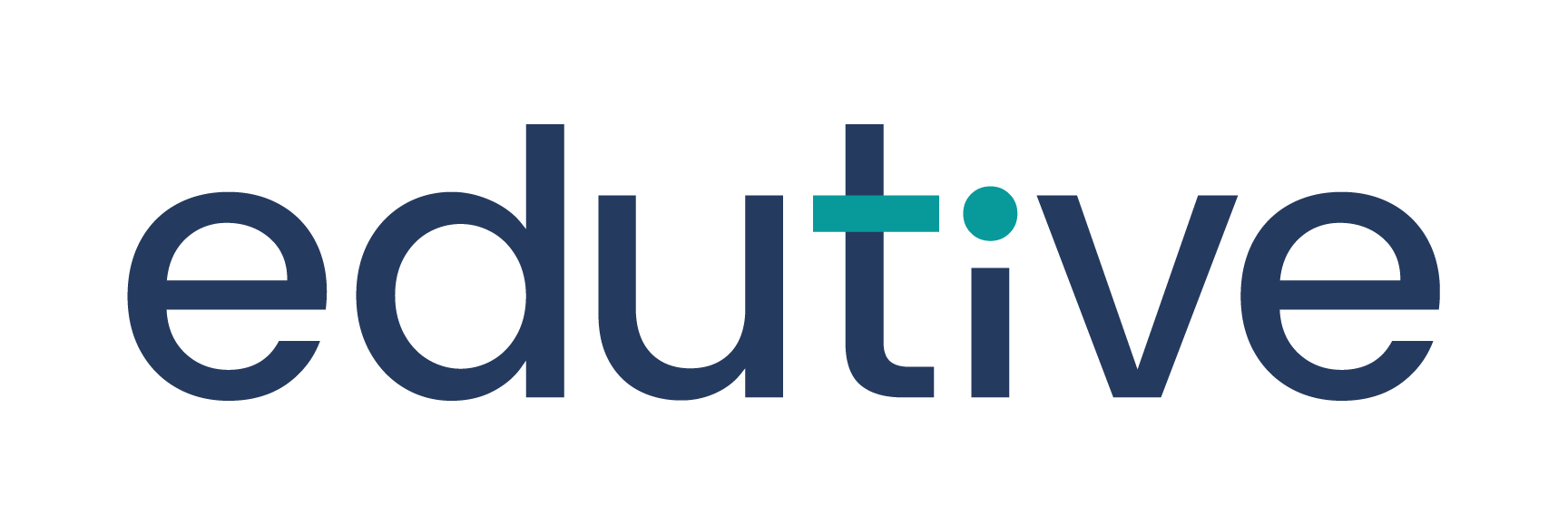Learning Beyond Lockdown: K-12 Tech Adoption in the New Normal
A Survey of K-12 Schools in India
Introduction
During the covid 19 times, Edu-tive commissioned a pan-India survey of K-12 schools with major objective of understanding:
- Coping strategies to deal with covid-induced disruptions in learning and post-covid world.
- Status of data management in schools
- Level of technology adoption and absorption to manage school processes
- State of readiness to meet emerging forms of learning
Survey Participation
More than 200 schools affiliated to different boards of education – CBSE, ICSE, IB and State Boards etc – participated in this anecdotal survey. Participants included school owners, members of senior leadership team, teachers and academic experts.
Major Findings
Coping strategies for dealing covid-induced disruptions in learning
- Strengthening organizational capabilities to deploy remote and blended learning
- Designing educational repositories to share good practices, provide opportunities for peer-to-peer learning
- Engaging with all stakeholders, especially parents, in the learning processes
- Delivering learning through social media platforms such as WhatsApp and meeting platforms such as Zoom.
- Investment in new or upgrading IT infrastructure constrained by funds crunch
Status of data management in schools
- More than 90% of the schools surveyed have a clear understanding of the need and importance of collecting, storing and employing student and other data relating to the school, regulations and the requirements of the board of affiliation primarily to:
- Understand student performance, attendance, behavior, and other factors for school administrators and teachers to gain insights into areas of strength and areas of improvement,
- Identify trends and patterns, and make informed decisions about curriculum, instruction, and resource allocation to improve student outcomes.
- Identify and help students to prevent academic or behavioral issues from escalating
- Analyse data to measure progress over time, set goals, and evaluate the effectiveness of programs and initiatives implemented by the schools.
- At the same time, the participants expressed the need to ensure that data is collected and used in a responsible and ethical manner, with appropriate safeguards for student privacy and confidentiality
- There was a great awareness of digital tools and platforms for data collection, analysis, and reporting.
Data Management Practices
- Every school collects/generates a large amount of data to manage the day-to-day operation of various educational activities. Different departments generally collect data discretely and do not share data.
- Most data reside in in not-easily accessible silos – in multiple forms, formats and structure, hardcopy files, MS Excel spreadsheets stored on separate personal computers in discrete repositories and are not easily comparable or not shared or not easily accessible.
- School data exists
- Non-interoperability of data sources and repositories
- The absence of a common data repository is impacting the efficiency and effectiveness of staff (and teacher) management.
- Asset data is not robust
- Financial data is relatively more robust and mainly stored in Tally by the Finance Department
- Communication of data from one department to another or to the regulators and other stakeholders is undertaken via paper formats or emails.
- Data standards such as those required for protection of data, and those relating to metadata, security protocols, data management, hardware, software or coding, data verification or validation, are either lacking or weak.
- The process is currently costly and burdensome.
Technology Deployment in K-12 schools
- Use of technology is increasing in K-12 system, but not necessarily giving a child-centric integrated view of progressive learning.
- Adoption of tools has been ad hoc to meet specific exigent circumstances from time to time
- Cost and time challenges in integrating these tools.
- Current IT tools are not easily amenable to help schools to:
- Align the processes with the vision of the promoters
- Meet emerging changes in the forms of education or radically new technology tools
- Cope with the evolving changes in the education system, policy framework and regulatory requirements
- Currently popular IT packages such as ERP or LMS do not allow free hand to the schools to manage their teaching-learning processes creatively.
- Most of the current IT solutions in the market don’t incorporate insights from advanced research in academics like taxonomies, pedagogy or assessment strategies for better learning outcomes.
Powerful take-aways
These observations and findings were discussed in depth with educationists and thinkers across the country to glean strategies for the future to improve the learning outcomes in line with the national goals. It emerged in a largely consensus way that
- All school systems and processes would need to be redesigned with the child at the nucleus
- Schools would need to infuse more creative and innovative methods in the teaching-learning process (TLP).
- All technology tools and practices must reimagine K-12 schools as a holistic entity, rather than as a mechanical assemblage of its constituent parts and provides full scope for creativity and innovation of all its constituents, mainly students and teachers.
